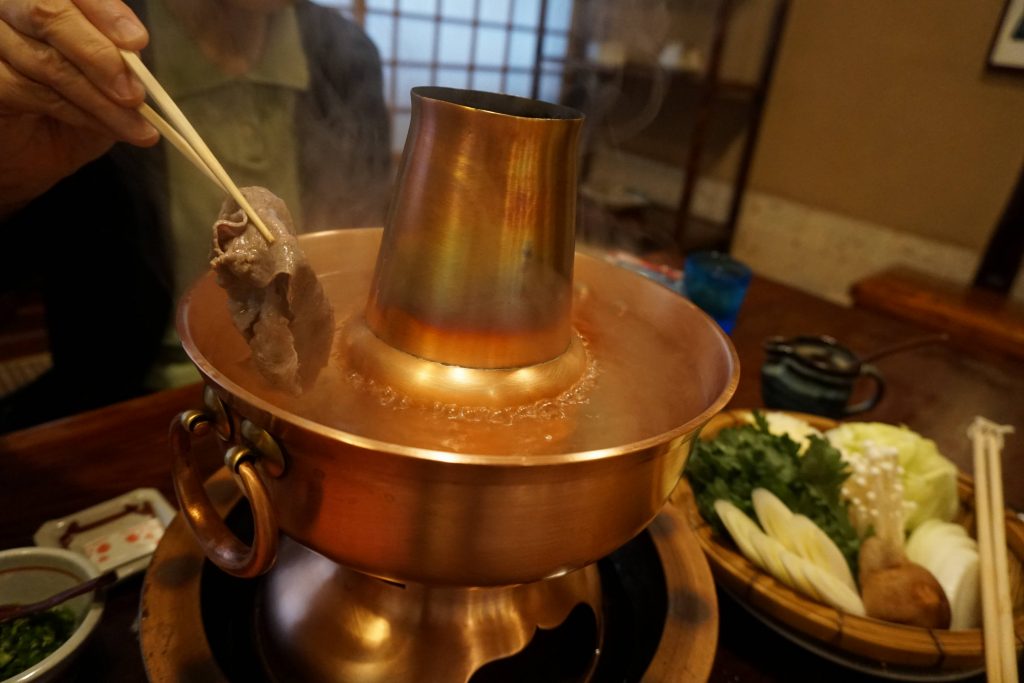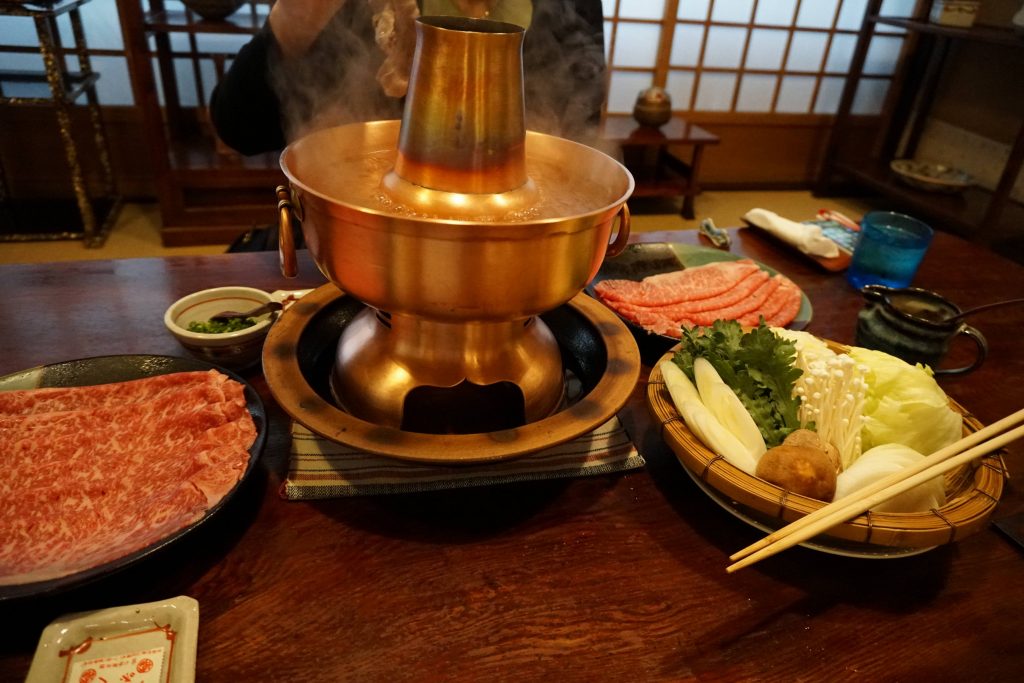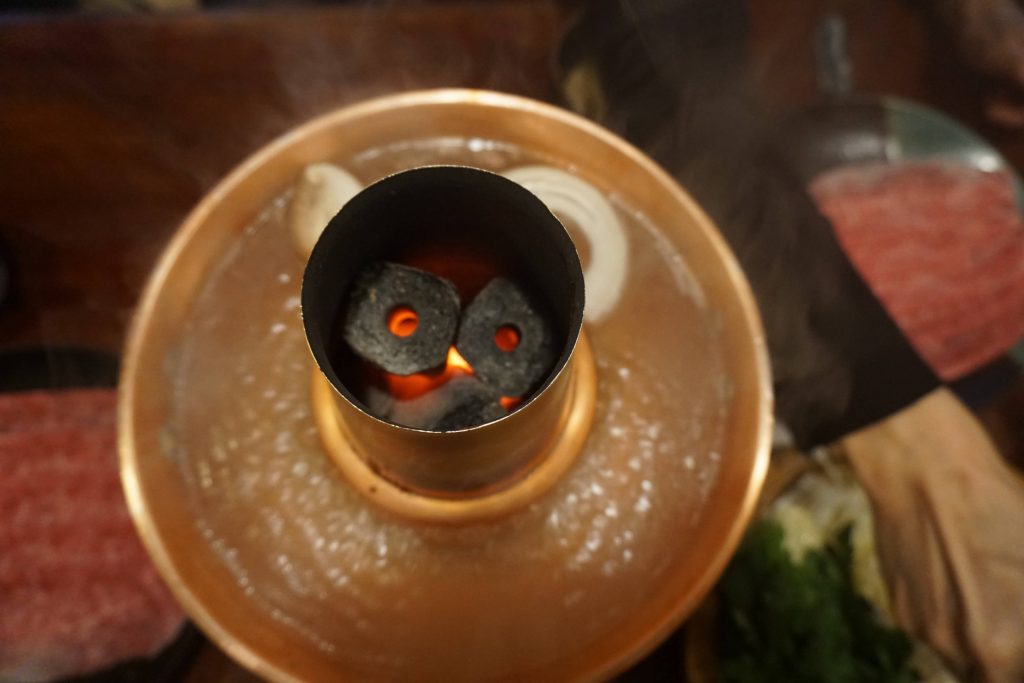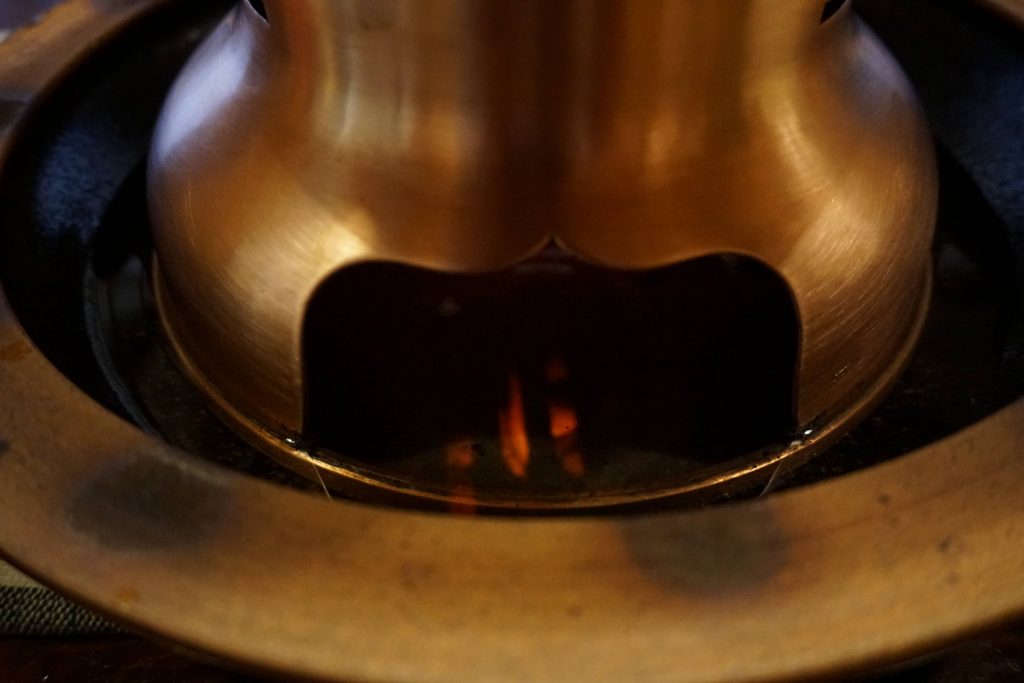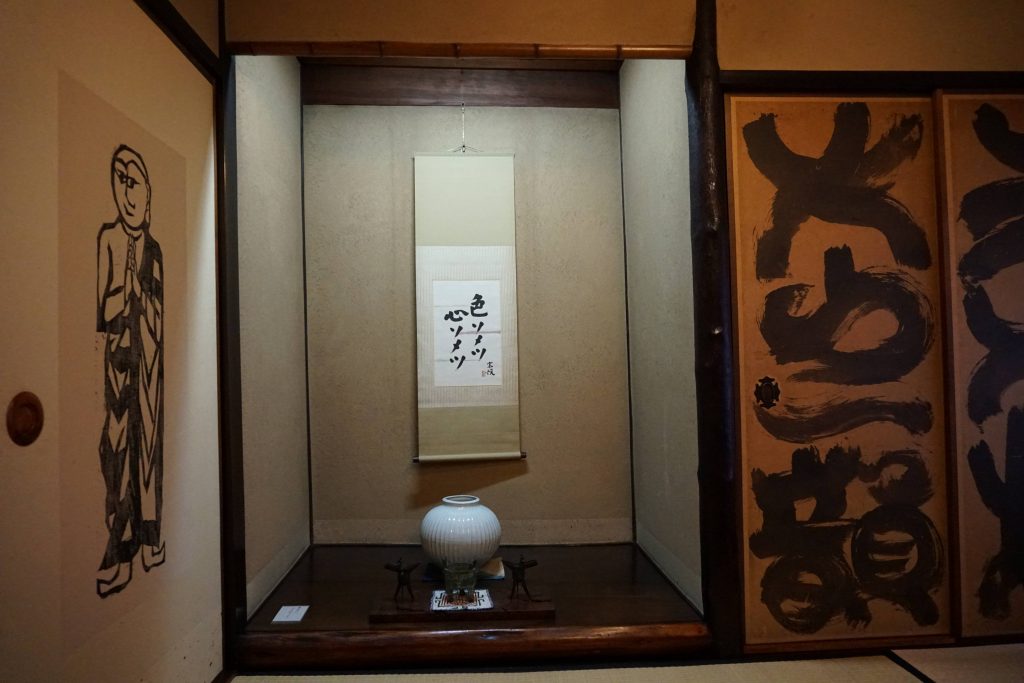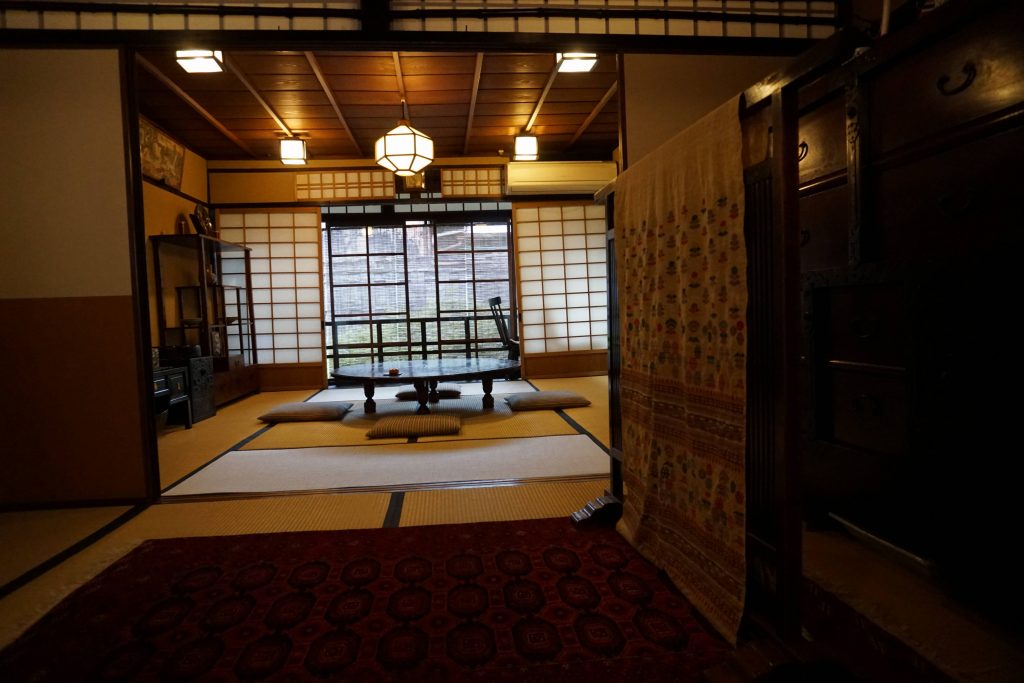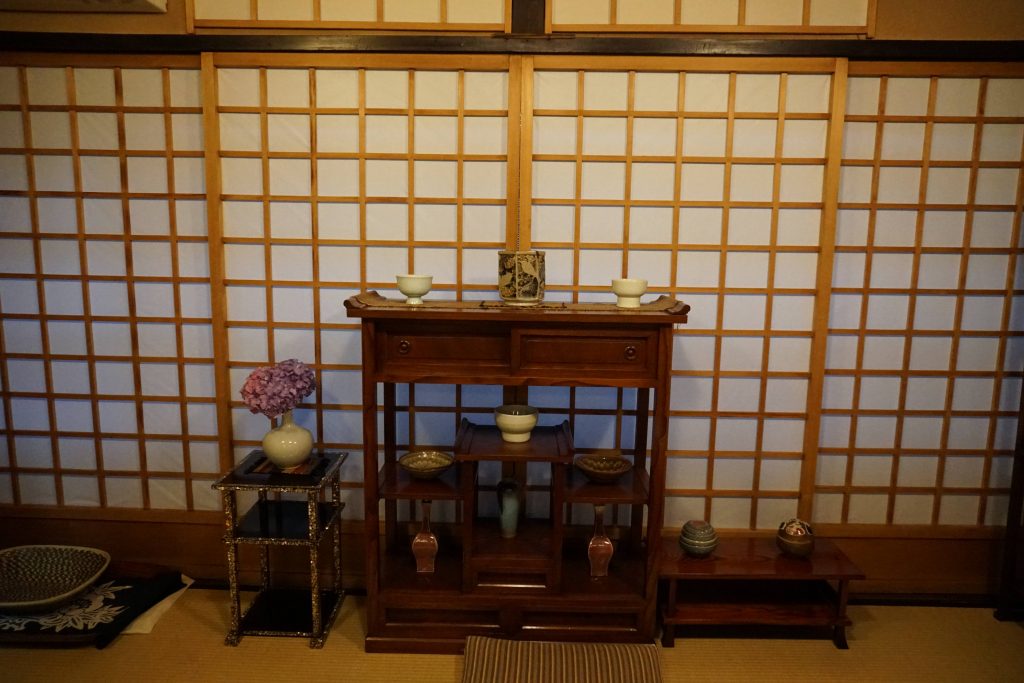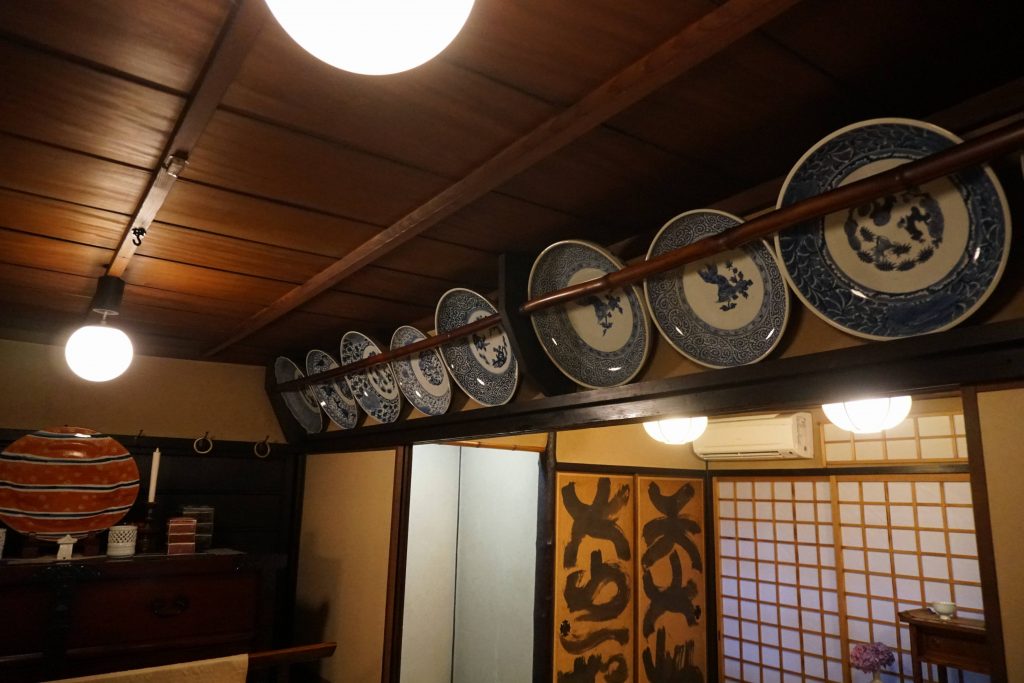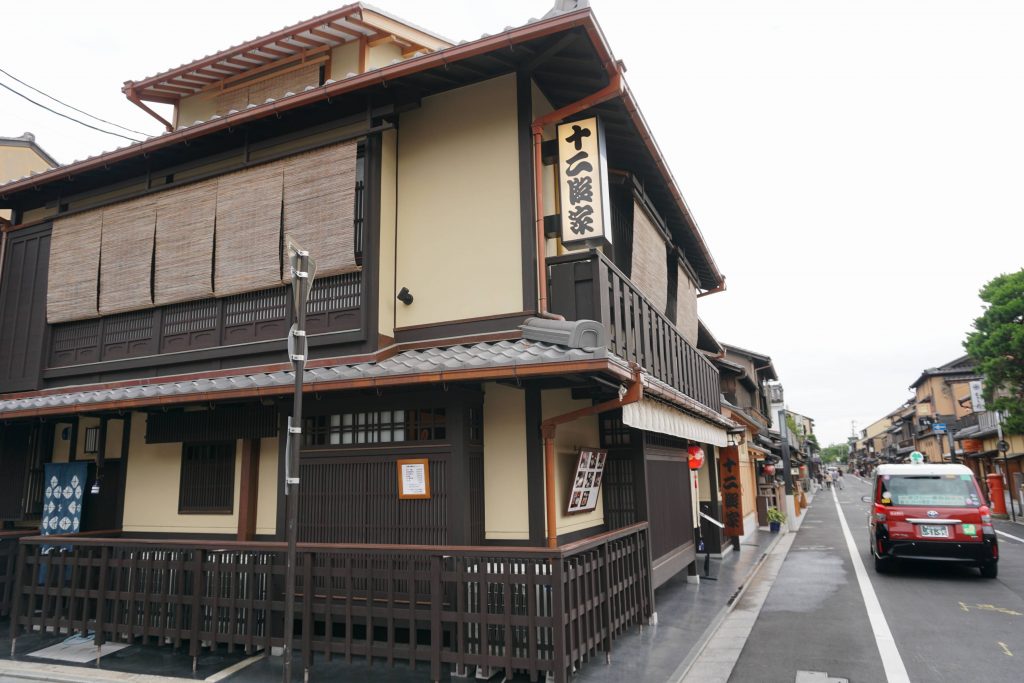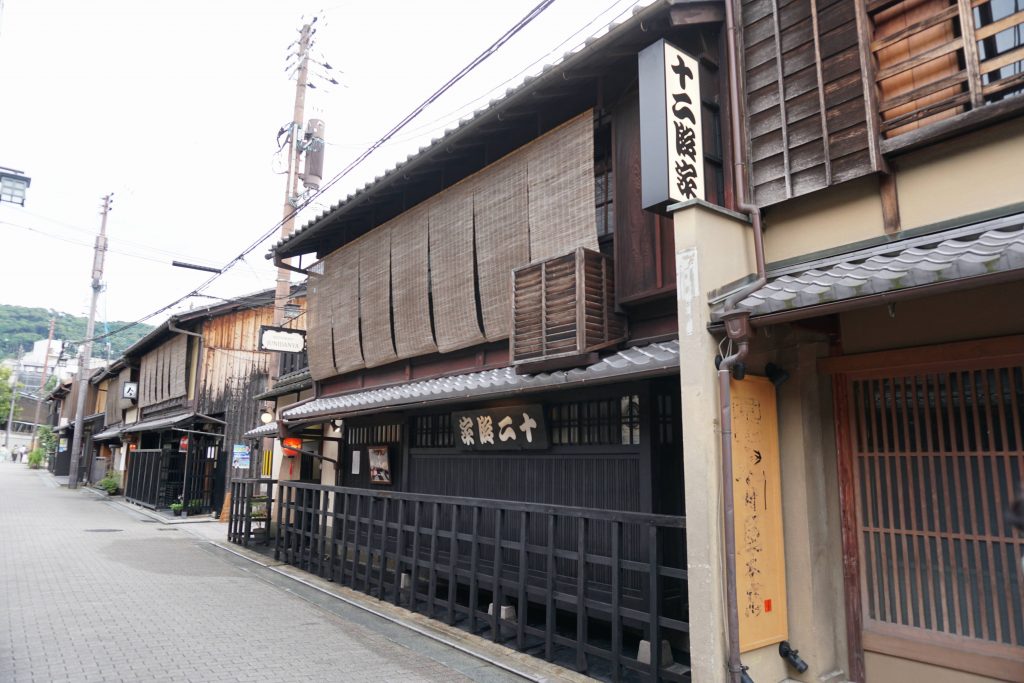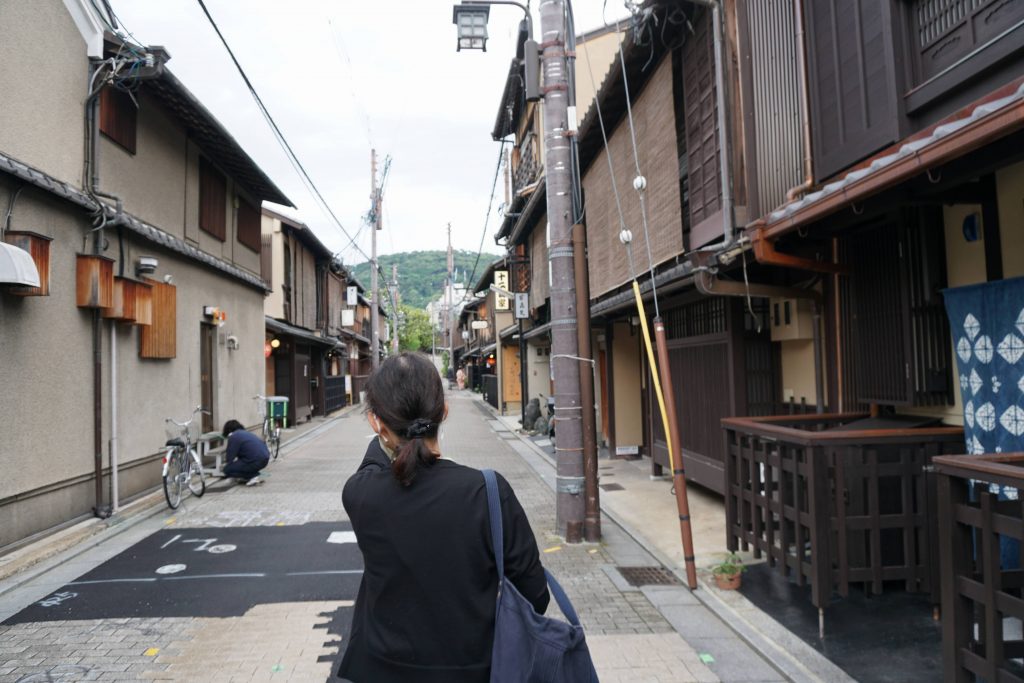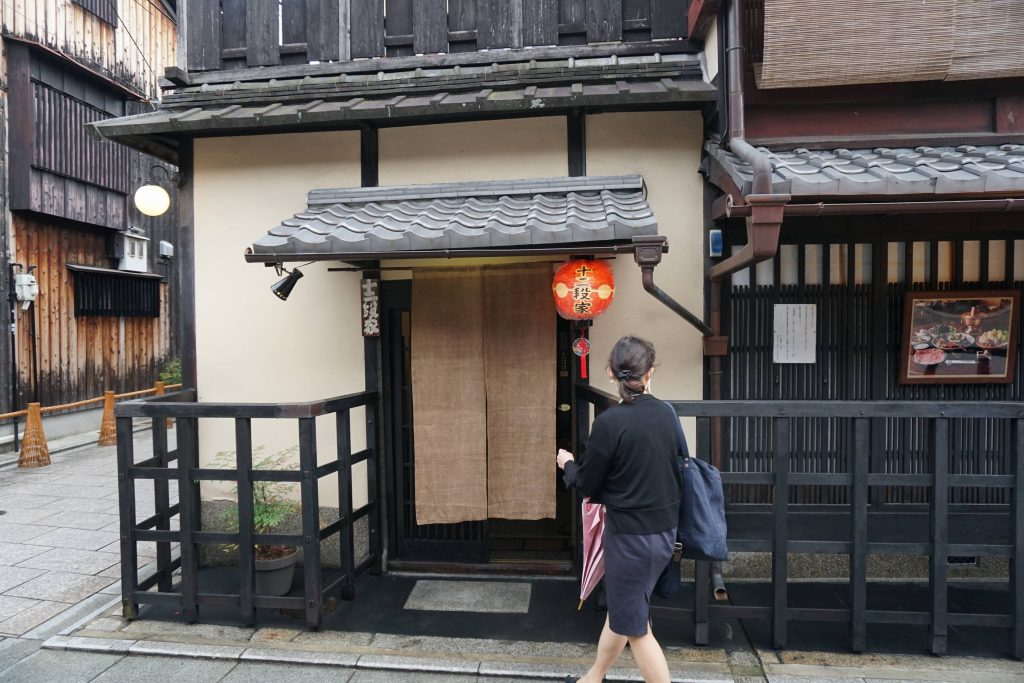Shabu-shabu is characterized as paper-thin slices of tender meat and fresh vegetables cooked together in a special pot.
Unlike other types of hot pot, where the ingredients are cooked together before serving, shabu-shabu ingredients are served raw and cooked on the table during the meal, similar to fondue.
The shabu-shabu pot is filled with a broth.
The name of shabu-shabu comes from the sound made when the meat is swished in the broth.
Once the broth starts to boil, dip the meat into the broth with chopsticks until it is cooked.
The beef is so thin that you can see through it, so it cooks quickly and is ready to eat as soon as its color changes.
The meat is cooked by gently dipping and waving it around in the broth with chopsticks.
You swish the meat in the broth a couple of times and eat it with ponzu or goma-dare sauce.
Ponzu ( soy sauce mixed with citrus vinegar) and goma-dare(sesame sauce) are the most common sauces for shabu-shabu.
“Kuroge-wagyu” is a highly marbled beef which comes from specially raised cattle. Kuroge-wagyu is especially popular for shabu-shabu course menus.
This type of beef is known as “shimofuri” because the marbling almost looks like frost on the meat.
Inside Junidanya restaurant, there are lots of art works produced by Munakata Shiko, woodblock print artist, and Kawai Kanjiro, potter. Each room is like a museum.

